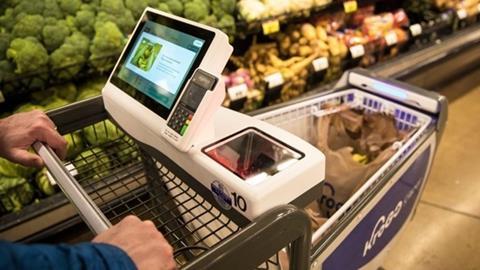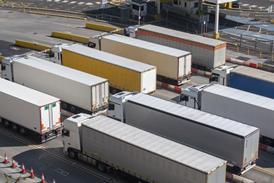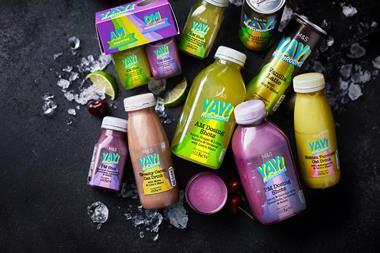
Retailers have made significant strides this year in adopting in-store technology to enhance experience, boost operational efficiencies, and protect profit margins amid ongoing economic challenges.
From smart shelves to AI-powered checkout and inventory management systems, 2025 has arguably been a watershed moment for tech integration in physical stores.
However, for retailers to fully capitalise on investments and ensure their long-term success, they must prioritise onboarding two essential groups: shoppers and store associates.
Evolving to stay competitive
The rush to deploy technology solutions in stores has been impressive. Numerous UK retailers have installed electronic shelf edge price labels that update dynamically, offering real-time adjustments, helping to reduce waste, and freeing up store associates for other tasks.
We have also seen AI-powered cameras and even an autonomous robot rolling up and down aisles, monitoring inventory, price accuracy, and planogram compliance.
Collectively, these investments signal a strong commitment to innovation and a recognition that physical stores must evolve to stay competitive.
Yet, amid this enthusiasm, the fact remains that technology alone will not guarantee efficiency or profitability. The real challenge lies in how effectively tools are adopted and utilised by shoppers and store associates. These two groups will ultimately determine success or failure.
Empowering shoppers and employees
For shoppers, technology must improve the ease and satisfaction of the shopping experience. While many consumers are excited by innovations, others may feel overwhelmed or mistrustful.
Retailers must therefore invest in intuitive design and accessible guidance within stores to onboard customers quickly and comfortably. This could mean staff assistance during peak hours or straightforward signage and tutorials. Successful onboarding will encourage repeated use, reduce abandonment, and build trust – all essential for driving sales and operational cost savings.
Store associates are the other critical pillar for sustained tech success. Employees are the backbone of in-store service and maintenance for new systems, from assisting customers with new checkout formats to ensuring smart shelves and inventory sensors operate effectively.
Early and ongoing training will help associates understand how to use the technology, how it supports their day-to-day tasks and reduces strain. Empowering employees minimises frustration and resistance, improves morale, and creates enthusiastic technology ambassadors, who can effectively bridge the gap between innovation and practical application on the shop floor.
Associates equipped with real-time data can make better decisions faster, such as proactively restocking popular items, identifying shopper trends, or addressing potential bottlenecks before they escalate. The combined effect is a more agile and responsive retail environment that enhances both efficiency and profitability.
A pivotal time for transformation
Ultimately, food and grocery retailers must view technology as an integrated ecosystem of hardware and software tools coupled with human expertise and engagement. This holistic approach enables stores to leverage the full spectrum of benefits offered by in-store technologies.
This is a pivotal time for digital transformation. The technology is proven and impactful, but without effective onboarding of shoppers and associates, its full potential remains untapped. By prioritising the human element alongside innovation, retailers can future-proof their investments and unlock lasting gains in efficiency, profitability, and customer loyalty.
Even with today’s advanced solutions, blind spots remain. But as technology evolves, store and value chain monitoring and tracking will unlock numerous benefits for store associates, shoppers, retailers, and suppliers.
Retailers who excel will be those making onboarding a strategic priority from day one, continuously investing in the shopper and associate experience as technology advances. Customer satisfaction and workforce engagement will be the most reliable indicators of success.
In the race for retail transformation, new technology might set the pace, but onboarding shoppers and staff will determine who crosses the finish line.
Toby Pickard, retail futures senior partner at IGD



















No comments yet